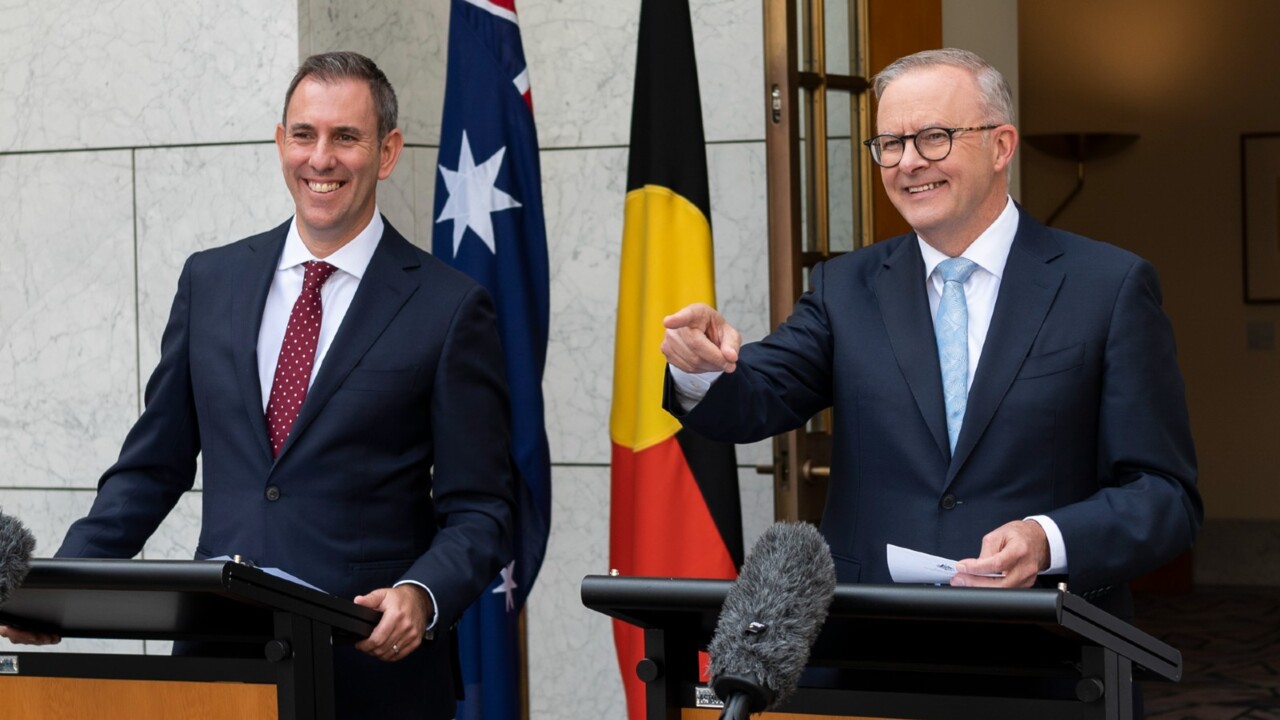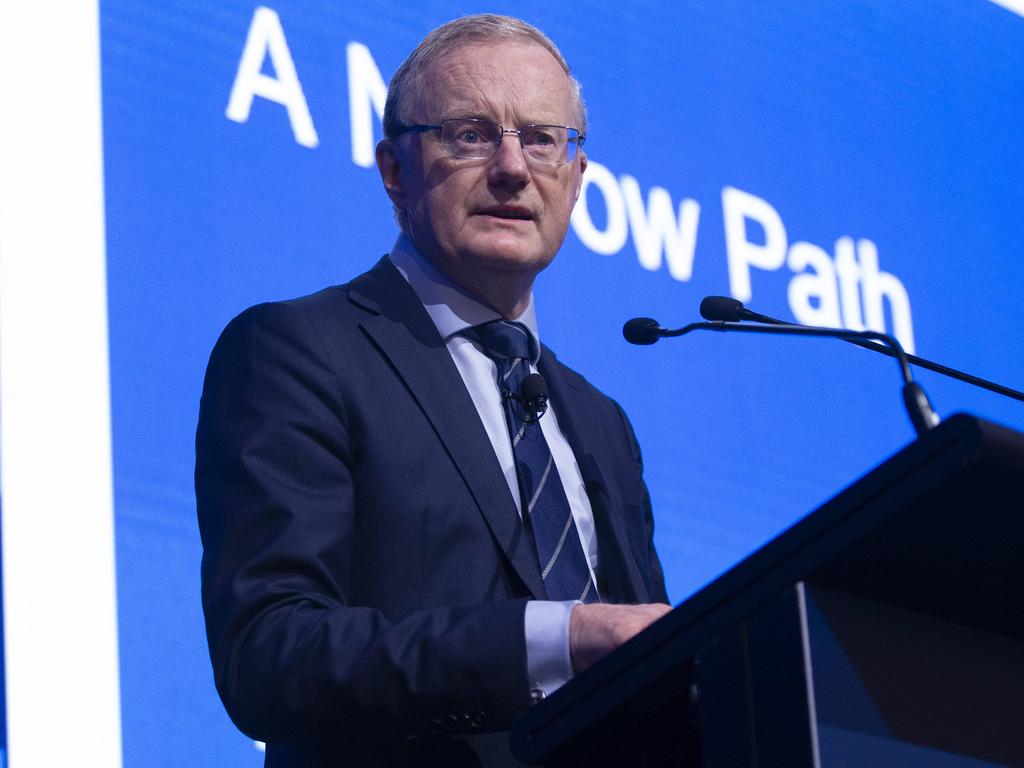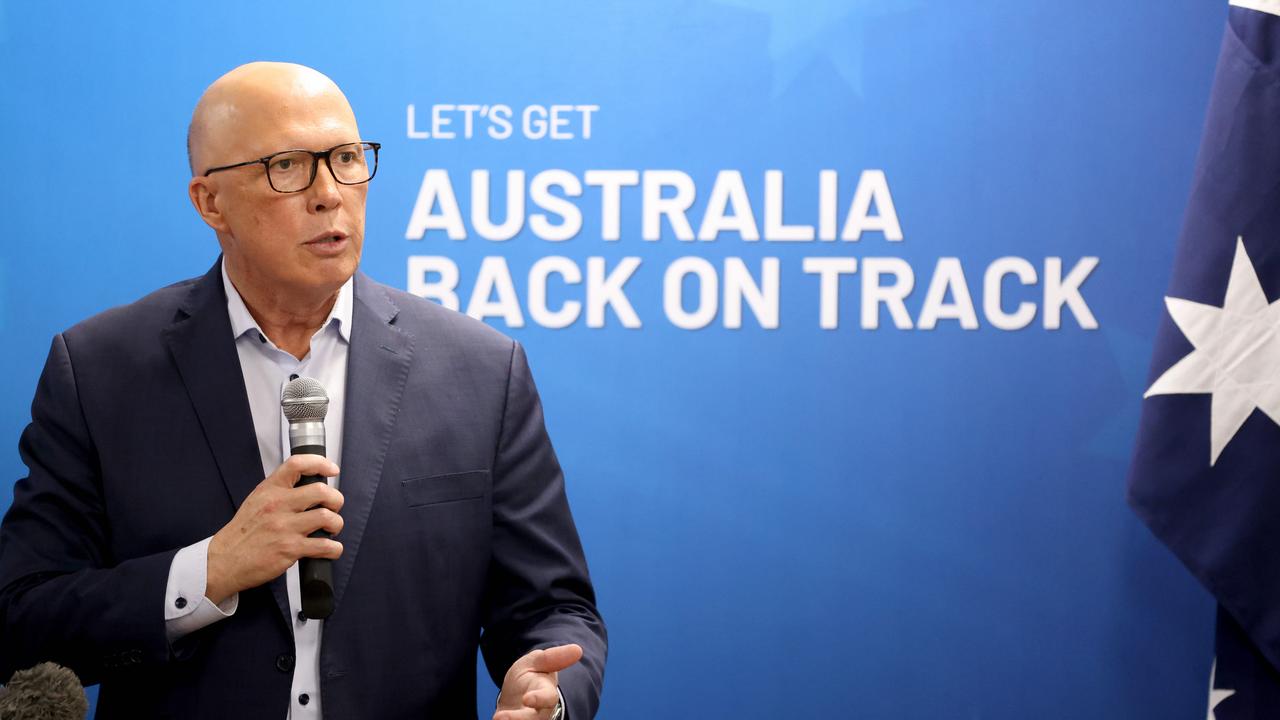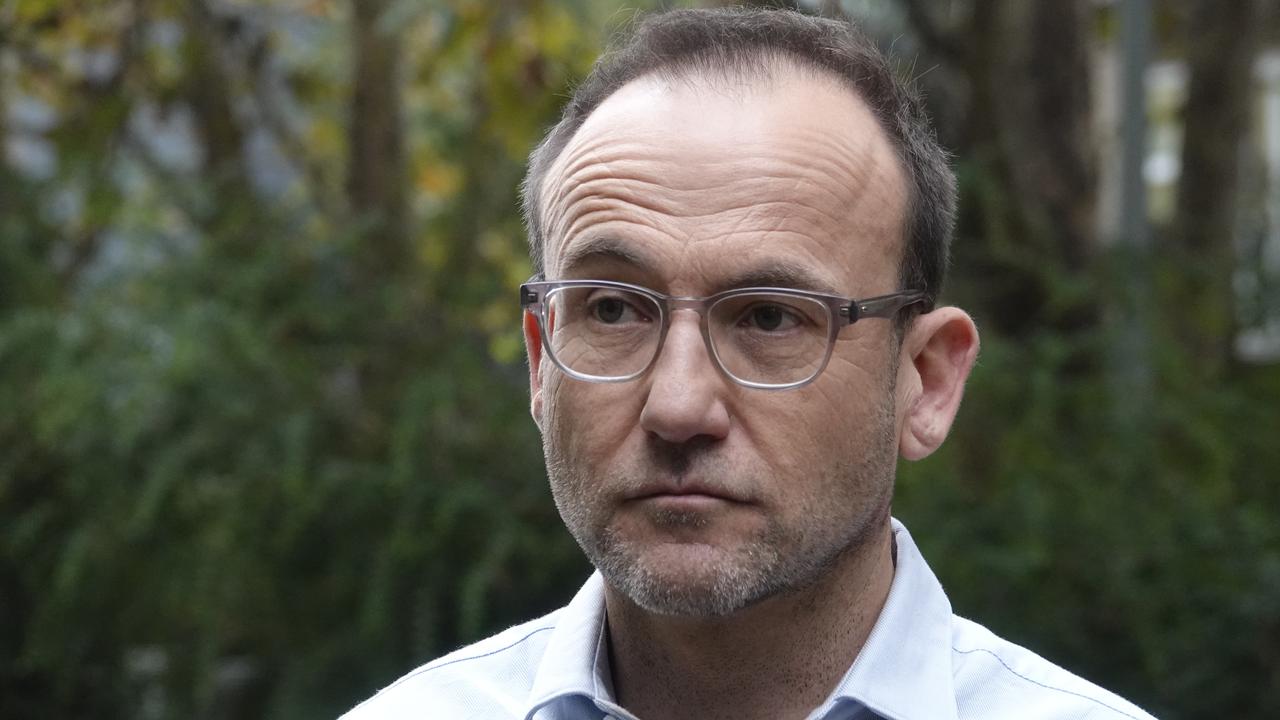Middle Australia to get $1500 tax cut under stage 3, Parliamentary Budget Office says
Abolishing the stage three tax cuts would pile further pressure on working Australians struggling to deal with soaring mortgage repayments and pay household bills.

The average full-time worker will be $1500 worse off if the federal government dumps the legislated stage 3 tax cuts, new analysis from the Parliamentary Budget Office reveals.
Leading into last year’s election, Anthony Albanese and Jim Chalmers promised not to touch the third and final tax cuts due to come from mid-2024, and the Prime Minister last week again repeated the government’s official line that his “position hadn’t changed”. But Mr Albanese and the Treasurer have failed to unequivocally rule out repealing the final phase of the previous government’s three-step personal income tax reform package, amid trenchant criticism from unions and the Greens.
As cost-of-living pressures mount and middle Australia struggles to deal with a 50 per cent increase in mortgage costs in the year to March – and with repayments for the average household with a home loan set to gobble up a record 25 per cent on disposable incomes – scrapping stage 3 as demanded would come as an additional blow to family finances.
At an estimated cost to the budget of $318bn in lost personal tax revenue over the decade to 2033-34, opponents of the stage 3 cuts have characterised the final phase of the reforms as tax breaks for the wealthy.
But the new analysis from the independent parliamentary budget watchdog, commissioned by Liberal senator Andrew Bragg, reveals that middle Australians also stand to meaningfully benefit from the changes.


A worker earning the average estimated annual full-time wage of $105,000 in 2024-25 would pay $25,122 in income tax following the implementation of stage 3, compared to $26,617 if the changes did not go ahead, the PBO calculates.
As more Australians move into higher tax brackets over coming years, the average full-time employee’s additional tax without stage 3 balloons from $1500 to nearly $3600 by 2033-34.
As its opponents rail against the cost, economists believe that the stage 3 tax cuts could be perfectly timed to deliver a boost to spending and activity in the wake of an interest rate-led slowdown that may morph into a recession through the second half of this year and into early 2024.
Labor in opposition sought to amend the tax package and carve out the stage 3 relief, but ultimately supported the package in its entirety in July 2019, leaving the Greens to oppose it.
The stage 3 tax cuts will abolish the 37 per cent marginal tax rate and lower the 32.5 per cent marginal tax rate to 30 per cent.

The taxable income threshold for the 45 per cent marginal rate will also be lifted from $180,000 to $200,000 – creating a flat 30 per cent rate on income between $45,000 and $200,000.
Under the changes, 94 per cent of taxpayers will face a marginal tax rate of 30 per cent or less. Australians are paying on average 30 per cent more income tax per person than a decade ago, even after accounting for inflation, confirming a long-term trend towards workers having to bear more of the burden to fund bigger government.
As average tax rates have continued to push higher over recent years, previous research by the PBO has shown that the stage three tax relief only temporarily reverses this phenomenon, and that bracket creep will be stealing $6.8bn from workers’ pay packets by 2031-32.
Without action, bracket creep by the start of the 2030s will have undone all the hard work put in at the beginning of the century to broaden the tax base.
The budget watchdog has projected that the personal income tax take will surge to half a trillion dollars and account for half of all commonwealth government revenue in a decade– the highest proportion since immediately before the introduction of the GST.






To join the conversation, please log in. Don't have an account? Register
Join the conversation, you are commenting as Logout